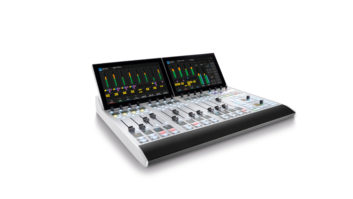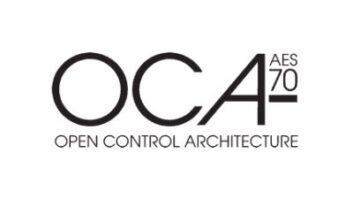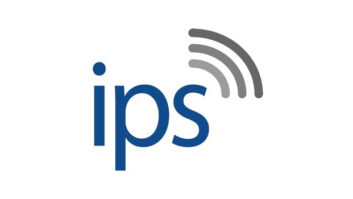
Greg Shay is chief science officer for the Telos Alliance. This is one in a series of Q&As with industry professionals about their presentations at the upcoming NAB Show in Las Vegas.
Radio World: Your event is entitled, “How AES67 audio over IP is going to change everything about professional audio” (Sunday, April 17, 5–5:30 p.m.). That’s a pretty bold statement. Care to elaborate?
Greg Shay: Sure. If you look at this from the point of view that what defined professional audio traditionally was the use of professional interfaces, XLR cables, terminology (+4 dBu), etc., however, the new AES67 AoIP world is more like a cellphone call: select a SIP address, and the pro quality audio comes through the IP network and systems. There is practically nothing left at all of the old methods. Even familiar racks of audio processing “boxes,” disappear and become software apps that can live in the servers or even potentially the “cloud.” Everything about the equipment and methods of pro audio changes.
RW: A lot of engineering folks are cautious people and do not like change, especially talk of changing most every work practice they are accustomed to (and getting new equipment). What do you say to them?
Shay: Yes, this is an upheaval change, driven by the shift from a hardware infrastructure to a software infrastructure. But in the same way that we all learned to use cellphones that have buttons with the appearance of familiar functions, as opposed to the 20ma copper loop with pulse rotary dialers, we must adapt and master the new enhanced capabilities, and learn to excel at them.
Pro audio needs people who know what sounds right, and care that it does, and use these new methods to get that job done.
RW: Hackers and cybersecurity are very much in the news these days, connecting most every piece of equipment to the Internet; making most every interconnect digital; working “in the cloud;” wiping out local vs remote distinctions; that sounds dangerous. Could/should there be security concerns here?
Shay: Good question; and there is a good answer. In addition to borrowing the IT technology from the network-connected world, we also can learn, borrow and adopt the security practices and methods from the IT world. The fact that banks trust network infrastructure, and that I can regularly access my bank accounts over the Internet, that least secure of all connections, is real evidence that network security works.
RW: Is this going to be expensive because, as you know, radio bean counters don’t like spending money?
Shay: To the contrary, leveraging IT technology has saved countless radio installations money. The very reason for developing audio over IP in the first place was the strategy of “hitching radio’s wagon” to the much larger R&D budgets of the computing and networking industries. Audio over IP also eliminates the high costs of high-quality professional audio interfaces (so-called “pro sound cards”) by using the network interface hardware that comes built into virtually every CPU today, with absolute highest-quality pure 24-bit uncompressed digital audio. Cost saving and no quality compromise has made AoIP a winning combination in radio for 12 years.
RW: Does it work or is this something that is still a work in progress?
Shay: To be clear, AES67 is a recently published (September 2013) standard for audio over IP, but it was specifically and intentionally based on existing, proven technologies.
There are no new inventions in AES67. One of the technologies that went into AES67 is Telos’ Livewire, which has been in use building radio facilities since 2004. Axia Livewire is the backbone in over 8,000 radio stations on the air today.
But what about everyone one else, you may ask? The intervendor adoption of AES67 is best demonstrated in the two “plugfests” that have been held. These have given multiple global vendors a chance to come together in one room, and test and see everything working. At the most recent plugfest in Washington, the success rate between all the vendors connecting together was over 95%.
RW: It’s a big show and attendees are strapped for time. Why should they break away from gazing at the 4K TVs or drone races to sit for your presentation?
Shay: Thanks for the chance to plug my talk. Anyone who cares about audio production and audio distribution, all of the work that goes into communicating great content to the listening audience, needs to be aware of how much the technology underneath has changed, and how this enables new workflows in getting the job done. All of what makes a great program, high-quality content, stays the same, but how that content, from the microphone to the speaker: mixing boards, routing panels, recording, playback, interfaces to processing, audio compression (or no compression), and streaming out the listener, and more, is changed. Everything is more software-centric, computer server-centric and network-centric.
It bears repeating what I said earlier, which is my answer when asked, what happens to the audio engineers? Pro audio needs people who know what sounds right, and care that it does. The audio engineer is the guy who jumps to his feet when there is dead air. The audio engineer needs to understand the capabilities and is needed to use these new AES67 AoIP methods to get that same audio job done.
Radio World invites you to register for a free NAB Show Exhibits-Only pass using our VIP code: LV9443.
To see more show Q&As visit our NAB Show 2016 web page.












